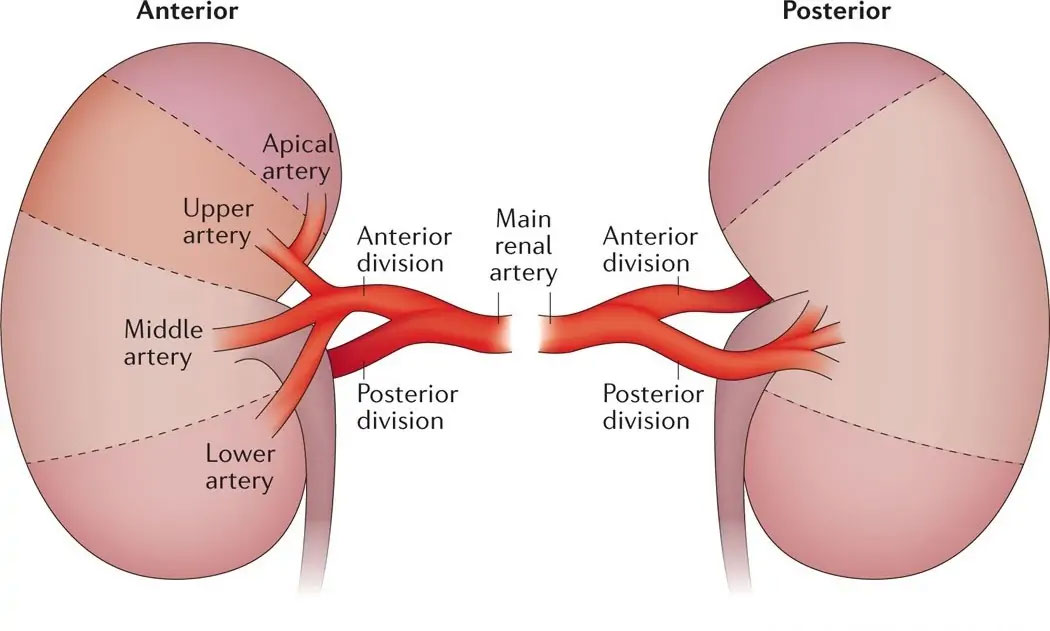

Simple Nephrectomy is a surgical procedure performed to remove a diseased, non-functioning, or damaged kidney while leaving the other kidney intact. Unlike radical nephrectomy, which involves removing the kidney along with surrounding tissues and lymph nodes, a simple nephrectomy involves the removal of only the kidney, preserving adjacent structures.
Indications for Simple Nephrectomy
- Non-functioning Kidney: Due to chronic infection, obstruction, or severe hydronephrosis.
- Severe Kidney Damage: Resulting from trauma or irreversible scarring.
- Chronic Pyelonephritis: Recurrent kidney infections causing renal deterioration.
- Benign Kidney Tumors: Removal of non-cancerous growths when other treatments are ineffective.
- Severe Polycystic Kidney Disease: In cases where the kidney causes significant pain or discomfort.
How is Simple Nephrectomy Performed?
- Preoperative Evaluation: Imaging (CT, MRI, or ultrasound) to assess kidney function and anatomy.
- Anesthesia: Performed under general anesthesia.
- Removal of Kidney: The renal artery, vein, and ureter are carefully ligated and divided.
- For recurrent bladder tumors after prior treatment.
Benefits of Simple Nephrectomy
- Effective Removal of Diseased Kidney
- Relief from Chronic Pain and Infection
- Minimally Invasive Options with Faster Recovery
- Prevents Further Complications
Simple Nephrectomy is a safe and effective procedure for removing a non-functioning or diseased kidney, offering long-term relief from chronic infections, pain, and associated complications. With minimally invasive techniques like laparoscopy and robot-assisted surgery, recovery is faster, and post-operative discomfort is minimized, ensuring better outcomes for patients.